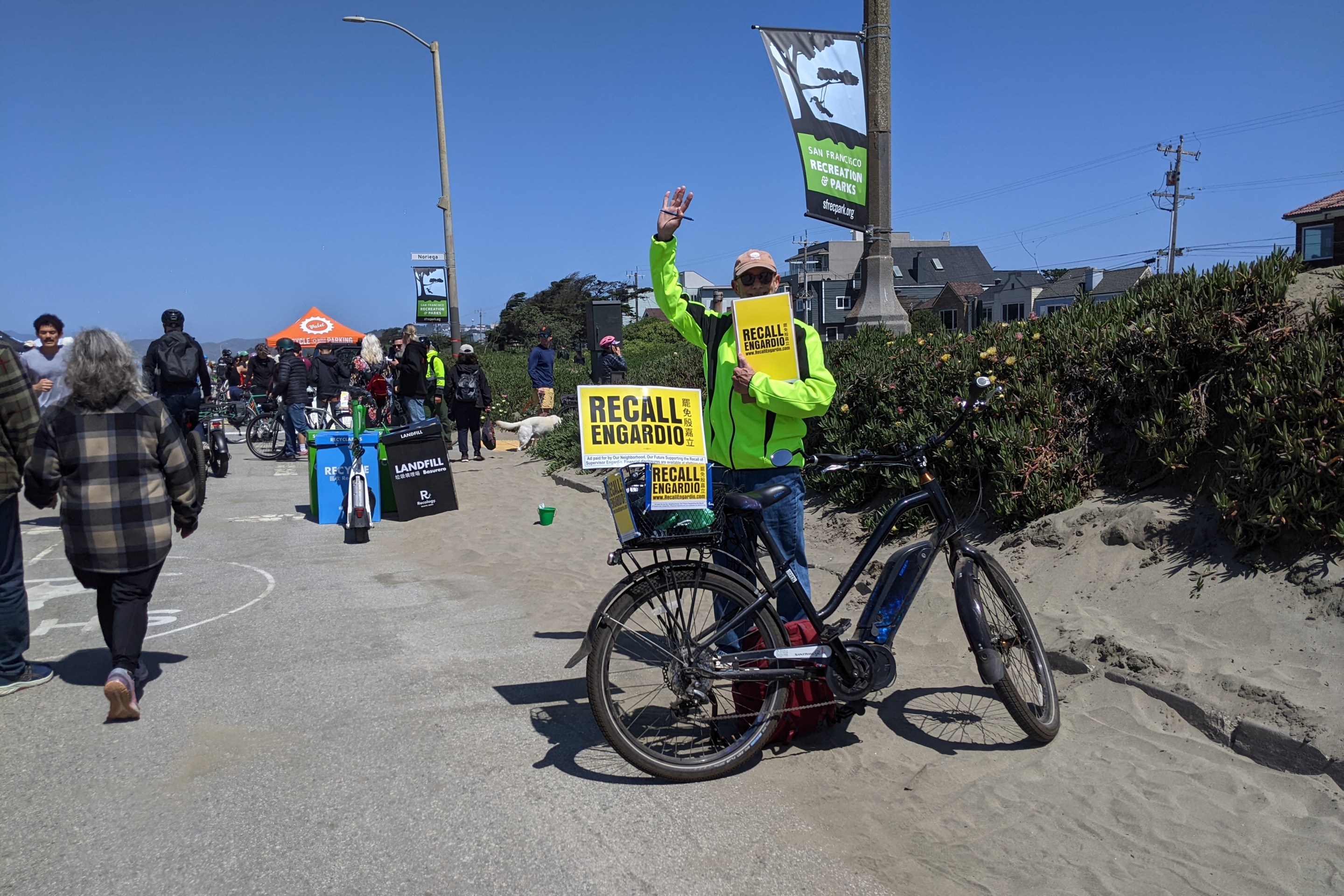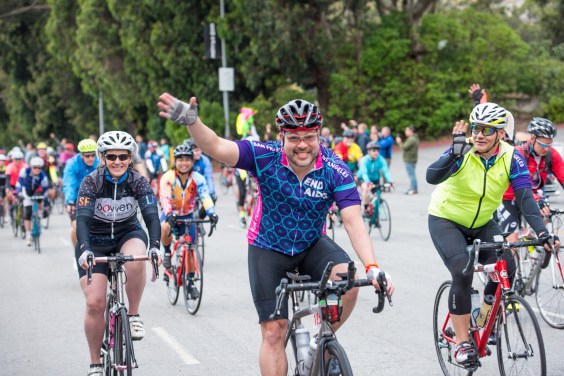While California has been forging ahead with policies and incentives to cut the state’s greenhouse gas emissions, it hasn’t always been easy for individuals and communities to access those programs.
The Greenlining Institute has created a website to help people find and access these state resources, including funds from the state’s cap-and-trade system. The site guides visitors to information about the state’s various programs. Individuals, community groups, small businesses, tribes, and local government agencies can find information about programs and grants they can use to help them reduce their carbon footprint, from clean car incentives to solar power grants to weatherization of their homes. The site is also available in Spanish.
“Our primary audience for this Resource Finder is the person who is concerned about climate change and wants to know how they can be involved,” said Emi Wang, Environmental Equity Manager for Greenlining Institute. “California uses money from polluters to help communities plant trees and community gardens, build affordable housing near public transit, and much more, and helps families weatherize their homes, get solar power, and purchase electric cars,” she said. “But until now there’s been no central, user-friendly place you could go to learn what’s available that might meet your needs.”
Unfortunately, several of these community-access programs could lose their funding if Governor Brown’s cap-and-trade expenditure plan proposal, which he announced at his recent State of the State address, remains unchanged.
Brown’s plan reflects what happened behind the scenes last year when allies struggled to get the two-thirds vote needed to extend cap-and-trade without threat of a future legal challenge. At the time, some of the vote-trading was known; Brown’s plan shows what the rest of those votes cost.
For example, dairy digesters—which aim to reduce methane from dairy facilities, but bring a host of other local air quality problems, frequently to low-income communities already burdened with pollution—got a large bump in funding, to $99 million.
But crucial programs with less industrial backing were cut. Under Brown’s proposal, cap-and-trade would no longer fund programs for urban forestry, urban greening, nor the state’s low-income weatherization program, which provides funds not only for weather-proofing but also for installing solar power on low-income households.
It’s possible that the urban forestry and urban greening programs were cut because there will be a park bond on the upcoming ballot, but the assumption that a parks bond would provide similar money is a “misinterpretation” of the idea behind urban forestry, said Wang. “Those programs fund discrete tree planting, not just in parks, but in any urban spot. They have been consistently funded under cap-and-trade, and they produce immediate benefits to the community. They are also grants that are accessible to community groups and municipalities.”
“We’re concerned that those were completely zeroed out” in Brown’s proposed spending plan, she said.
Brown’s proposal also dramatically reduces the Transformative Climate Communities (TCC) planning grants. The TCC, which just awarded $140 million in planning grants to three cities that created new community engagement processes for multi-faceted, interconnected investments, was reduced to $25 million in Brown’s proposed 2018-2019 plan.
The cuts to the TCC are especially concerning to Greenlining and its allies in environmental justice advocacy. That program went through a rigorous process last year to create guidelines that may, said Wang, “go the farthest in terms of community involvement. It has strong anti-displacement protections, and it has spurred communities to work together to apply for them.” Last year, said Wang, there were nineteen applications for those planning grants, and only three were awarded.
“The TCC process is building the capacity of communities to come together and plan for what they want. But in this budget, the program will only received $25 million—that’s only the size of one grant,” she said. That won’t be nearly as much of an incentive for communities to work together, nor will it inspire other communities to try.
The irony is that, in past years, these yearly negotiations over how to spend the forty percent of cap-and-trade funds that is unallocated have focused on dividing up a smaller amount of revenue than what’s available this year, and into the foreseeable future. With the extension of cap-and-trade, the quarterly auctions have, as predicted, brought in more money as industries subject to the cap have realized that it’s not going away and they are going to have to plan ahead for a shrinking emissions cap in the future.
More money also means more players wanting a piece of it.
That is, these smaller but important and beneficial programs—especially to local communities—are being cut out of the plan even though there is more money to spend.
A look at the proposed spending plan shows that it’s possible the TCC money has been moved over to fund programs under A.B. 617, which was a companion bill to the cap-and-trade extension. A.B. 617 was supposed to help by replacing, in a separate bill, a section of the cap-and-trade bill that addressed local air quality. The oil industry objected to the notion that regional air quality districts could also mandate greenhouse gas emission limits, in addition to the state’s Air Resources Board, while local communities charged that cap-and-trade was leading to worse local air quality, and that local air quality districts had to have the power to address that.
The compromise, which seems to have pleased few, was A.B. 617, which requires the ARB to increase monitoring and reporting on local air pollution.
“But we have a lot of questions about A.B. 617,” said Wang. “It contained the vague promise to facilitate community-led plans on air pollution, but as of now there are no guidelines on how that will happen. In addition, the TCC, which already created strong guidelines for community input, is about much more than air pollution; the two are very separate.”
“In principle, we’re on board with A.B. 617,” said Wang. “But we’re concerned that it’s not community-facing at all.”
The still-undefined A.B. 617 programs will receive $250 million under Brown’s proposal, the highest amount for any single program on the list.
The governor’s proposal is not set in stone. When the upcoming spring cap-and-trade auction results are in, it will be clearer how much money there is to divvy up. Brown will issue his budget revision in May, and the Senate and Assembly will both weigh in with their own spending priorities before the plan is finalized and voted on this summer.
Meanwhile, the Greenlining Institute’s plan is to continue building coalitions with like-minded, community-focused groups to keep reminding state leaders that cap-and-trade’s priorities should be on programs that provide community benefits and are accessible to communities. “Our goal is to engage communities,” said Wang, “and to help avoid substantial burdens on communities. That’s why we focus on the programs that we do.”





